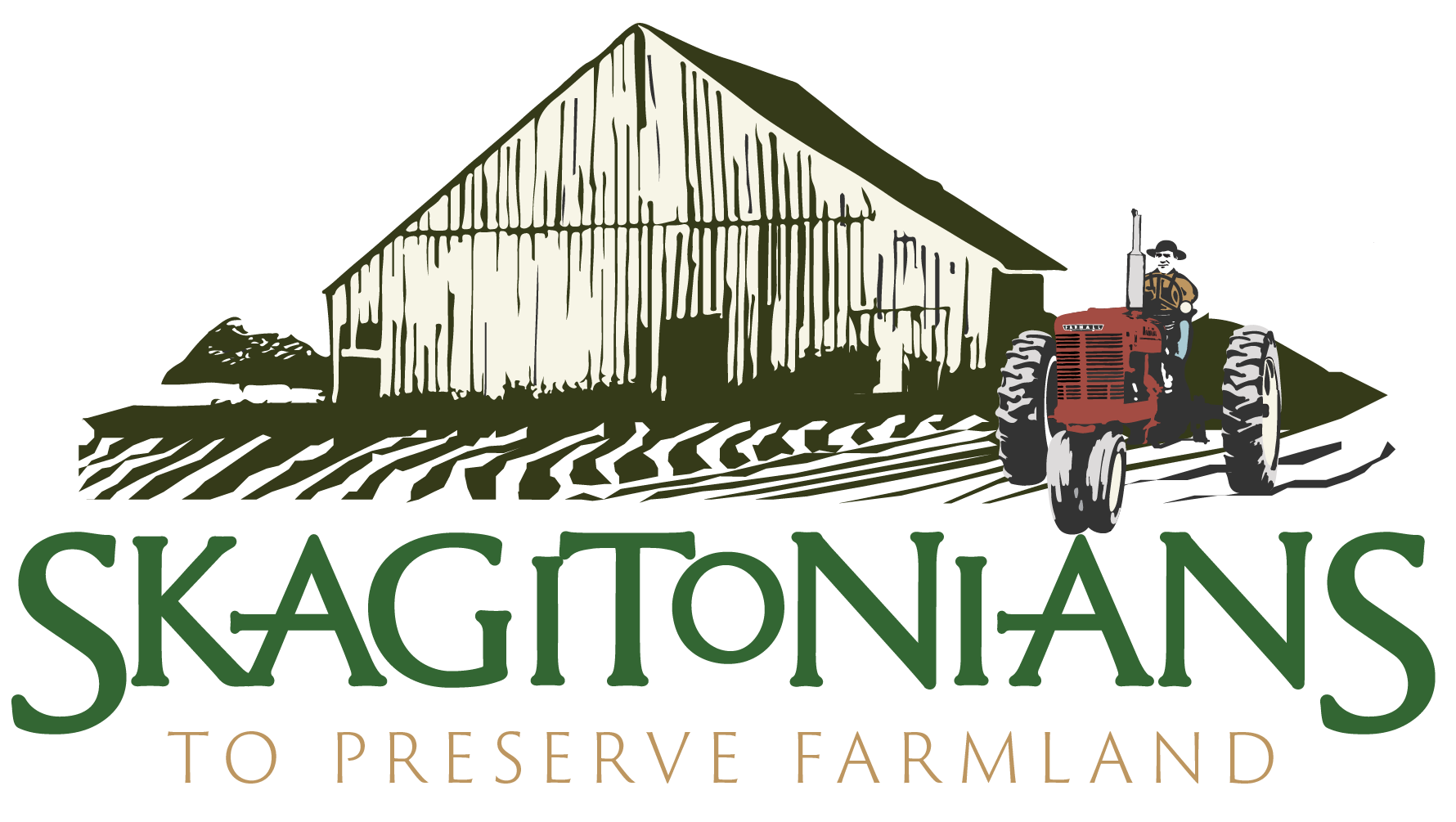Farming in the Foothills
photo: Adam Sowards
As you move up the Skagit River watershed, the trees thicken, and the foothills start crowding the valley. Given the change of setting from the flat, open deltas, it is sometimes easy to miss the important agricultural activities scattered among the foothills.
In fact, more than 25,000 acres are farmed east of the deltas, and farmers there share many of the same agricultural opportunities of delta farmers but also face some distinct challenges.
Although the setting is different, farmers in the foothills are part of the larger agricultural community. “I can be as successful as I can be because there’s such a huge infrastructure serving agriculture here,” said Anne Schwartz, owner since 1979 of Blue Heron Farm in Rockport, where she grows blueberries and raspberries.
The critical mass of farmers and the businesses that support them provide “somewhat easier access,” Schwartz said. Rockport is not a short trip from Mount Vernon, but it is much easier to get to essential businesses from there than farmers face in many other parts of western Washington.
Matt Steinman who operates Foothills Farm in Sedro-Woolley made a similar point about the farming community in Skagit. Steinman started backyard gardening a little more than a decade ago and has kept growing the farm to where this year he is managing about 200 acres and 150 varieties of crops.
Part of that growth comes from what he has learned through other farmers. “It’s that collaborative spirit amongst all of us,” said Steinman. This cooperative learning extends at times to sharing equipment.
But being in the foothills limits some of the cooperation. “It’s a smaller community,” said Steinman. “If I need to borrow a tool or something like that, it’s just almost not there.” Other farmers are willing to help, but if Steinman and other foothills farmers want to ask questions and learn from others, they have to seek that out. “I’m not in a place where people just see what I’m doing,” said Steinman.
Few farmers notice how he is managing the fields and stop in with suggestions. To get ideas, he must reach out to others.
Proximity to markets is another issue. “I would love to have a farmstand,” Steinman said, “but we’re far out.” Not enough traffic goes by to make a stand work. For the last five or six years, Foothills Farm has found a niche in farmers’ markets, especially year-round ones in the Seattle area, where winter crops sell well.
Over the years, Schwartz sold berries at farmers’ markets between King and Skagit counties, too. She noted the difference distance makes. “We’re certainly farther from market,” she said, and added: “We’re further from parts. We’re further from fertilizer. We’re further from everything.”
That includes, advantageously, diseases and bugs. Schwartz thinks that the forests and breaks from agriculture around her farm have benefited her for more than forty years with fewer pests finding her fields.
This is just one environmental difference. The precipitation is much greater in the foothills. “We get an average of 85 inches of rain a year,” Schwartz said, adding, “It’s hotter, wetter, and colder.”
Even Steinman in Sedro-Woolley gets 60 to 70 inches annually. “We get heavy winds and heavy rain out here. A lot more than they get in the lower county,” said Steinman. “It’s just windy, mud season from October fifteenth until April.” Not only that, but the dike districts do not head far upstream, leaving foothills farmers with less protection. Steinman’s lower fields sat under 15 to 20 feet of water in the 2021 flood. Of course, “There’s no diking that can stop that amount of water,” he said.
Not far from Steinman is Tarie Benson’s Skiyou Ranch, which is still recovering from that flood. She halved her herd of certified organic Angus beef to 120 in the aftermath. The flood, “took out all my fencing, left five feet of sand and debris in my field,” said Benson. She’s still cleaning up.
Wildlife can be pesky, too. Elk are “a huge pain in the ass,” said Schwartz. “They do so much damage. They are a lot to deal with.” She acknowledged that the farms are in elk habitat, something Steinman also recognized. Still, they break fences and “can do a lot of damage in a mixed vegetable field,” said Schwartz. So can bears.
Despite the rain and the heat and the animals and the distance, farmers make the foothills work. Land may be a bit cheaper and more available, and people have been raising animals and growing crops for a long time, just like on the deltas. Farmers throughout the county face development pressures and issues related to labor, housing supply, and rising operating costs.
Benson lost a couple pieces of property half a dozen years that now are covered in houses, and she has found it hard to locate workers. Meanwhile, operating costs, especially fuel, have increased. These costs have factored into Benson dropping out of a few farmers’ markets in Snohomish County, which can be frustrating because the markets are her “vacation from my farm” and she loves interacting with her customers.
The foothills do not escape these challenges; they just scale differently there. Nevertheless, with tens of thousands of acres devoted to agriculture, farming remains serious business in the foothills.
Steinman said the foothills differences are not too big compared to the delta.
The community members here “hold each other up. They help each other out. It’s no different,” he said. “We’re a farming community the same way.”
“We’re pretty blessed in this area to be able to give a wide variety of things to people,” said Benson, “give them the opportunity to buy the variety of the crops and the fruits and the richness that we have in Skagit County.”
In a sentiment shared by everyone in the foothills, Benson said, “I’m proud to be a local producer.”
By Adam Sowards: info@skagitonians.org

